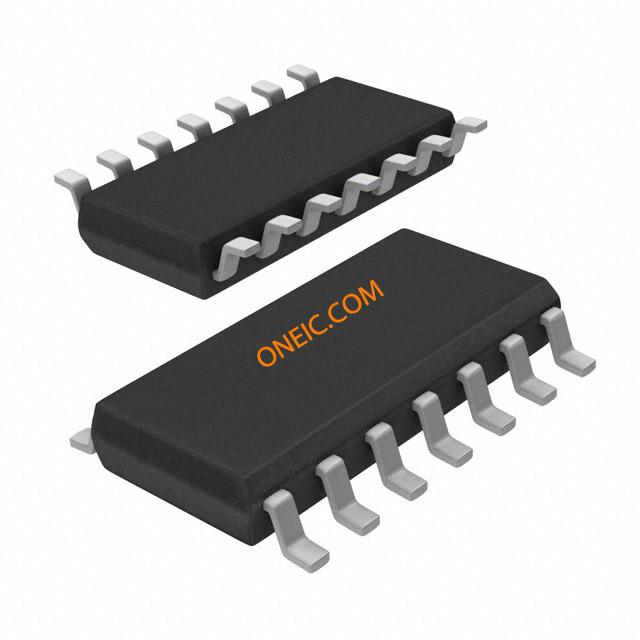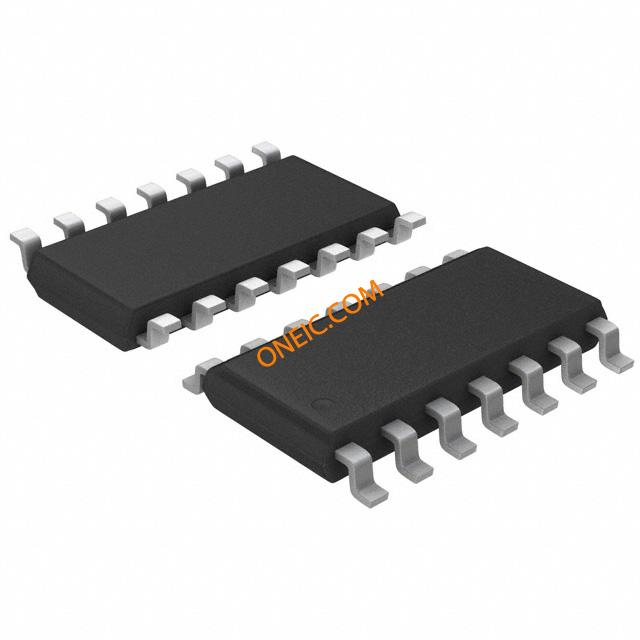LM1815M/NOPB
Adaptive sensor amplifier for motor control in SOIC package
Manufacturer: ['national-semiconductor', 'ti']
series introduction
# Introduction to the LM1815M/NOPB Product Series
## 1. Overview
The LM1815M/NOPB product series is a remarkable offering in the realm of electronic components, specifically designed to meet a wide range of technical requirements across various industries. These components are engineered with precision and advanced technology to deliver high - performance, reliability, and versatility in different applications.
## 2. Key Features
### 2.1 High - Precision Signal Processing
The LM1815M/NOPB series is equipped with state - of the - art signal processing capabilities. It can accurately detect, amplify, and filter input signals with a high degree of precision. This makes it ideal for applications where accurate signal representation is crucial, such as in sensor systems. For example, in automotive sensor applications, it can precisely process signals from wheel speed sensors or engine temperature sensors, ensuring accurate data transmission to the vehicle's control unit.
### 2.2 Low Power Consumption
In today's energy - conscious world, power efficiency is a top priority. The LM1815M/NOPB components are designed to operate with extremely low power consumption. This not only helps in reducing the overall energy footprint of the system but also extends the battery life in portable devices. For instance, in wireless sensor nodes used for environmental monitoring, the low - power operation of these components allows the sensors to run for extended periods without frequent battery replacements.
### 2.3 Wide Operating Temperature Range
These components are built to withstand a wide range of operating temperatures. They can function reliably in both extreme cold and hot environments. This makes them suitable for applications in harsh industrial settings, automotive under - the - hood applications, and outdoor electronic systems. For example, in a desert - based oil drilling operation, the LM1815M/NOPB can continue to operate effectively despite the high ambient temperatures.
### 2.4 Robustness and Reliability
The LM1815M/NOPB series is designed with high - quality materials and advanced manufacturing processes, ensuring long - term reliability. It is resistant to electrical noise, electromagnetic interference (EMI), and other environmental factors that could potentially disrupt its operation. This robustness makes it a trusted choice for critical applications where system downtime is not an option, such as in aerospace and medical equipment.
## 3. Technical Specifications
### 3.1 Input and Output Characteristics
- **Input Voltage Range**: The LM1815M/NOPB can accept a wide range of input voltages, typically from [specific minimum voltage] to [specific maximum voltage]. This flexibility allows it to interface with various signal sources without the need for extensive voltage - conditioning circuitry.
- **Output Signal**: It provides a well - defined output signal with a specified amplitude and frequency range. The output can be configured to be either analog or digital, depending on the application requirements.
### 3.2 Frequency Response
The components have an excellent frequency response, with a bandwidth that can cover a wide spectrum of frequencies. This makes them suitable for applications that involve high - frequency signals, such as in communication systems or high - speed data acquisition.
### 3.3 Package Type
The LM1815M/NOPB is available in a standard and industry - compatible package type, which ensures easy integration into existing printed circuit board (PCB) designs. The package is designed to provide good thermal dissipation, further enhancing the component's performance and reliability.
## 4. Applications
### 4.1 Automotive Industry
- **Vehicle Safety Systems**: In anti - lock braking systems (ABS), the LM1815M/NOPB can process signals from wheel speed sensors to accurately determine the rotational speed of each wheel. This information is then used by the ABS control unit to prevent wheel lock - up during braking, improving vehicle safety.
- **Engine
Images for reference

14-SOIC

14-TSSOPa

14-SOIC